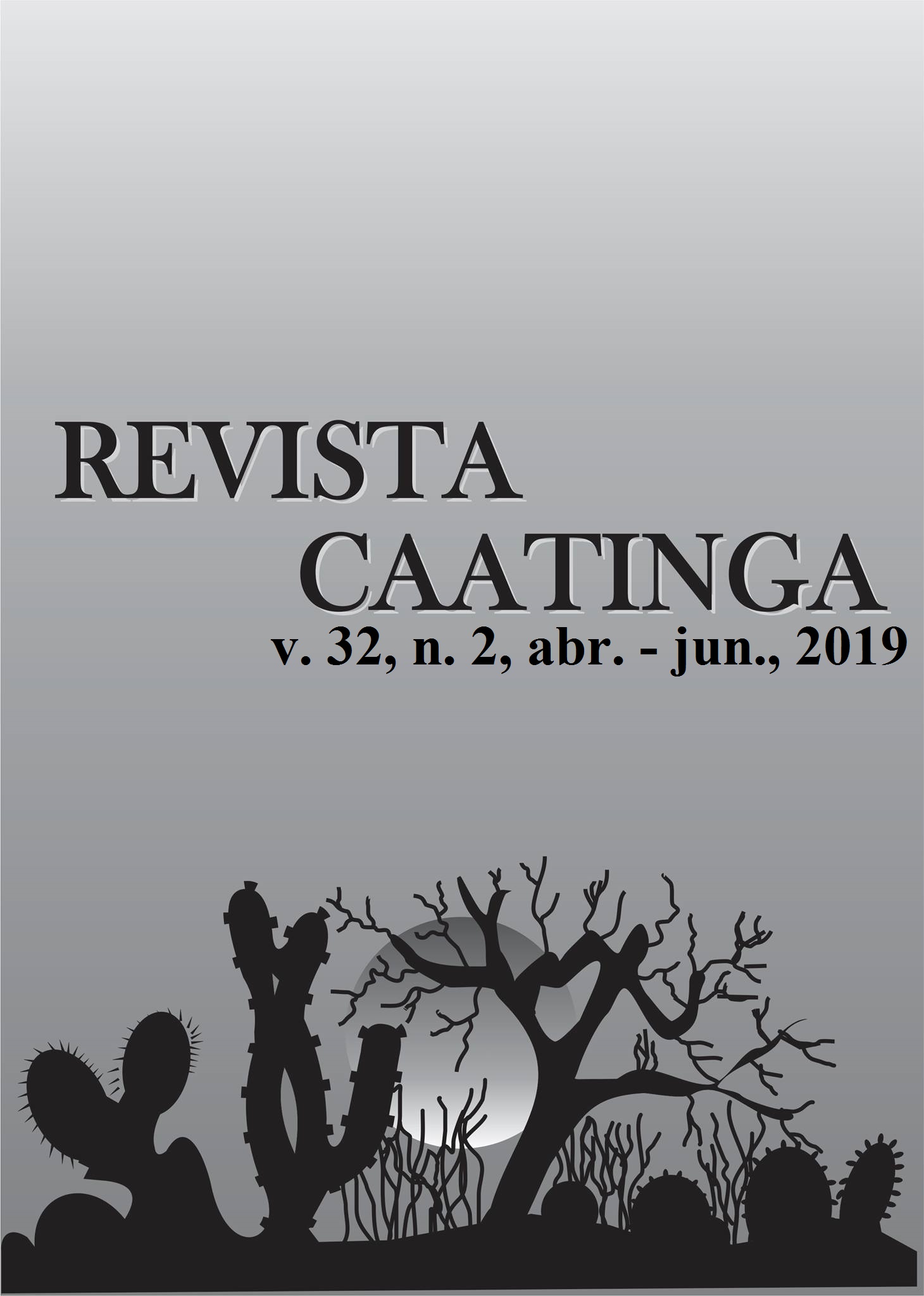EFFECT OF DIFFERENT ADDITIVES ON THE SILAGE QUALITY OF SWEET POTATO BRANCHES
DOI:
https://doi.org/10.1590/1983-21252019v32n223rcKeywords:
Animal feeding. Alternative forage. Ipomoea batatas. Dry matter.Abstract
Sweet potato branches have potential use in animal feeding, even fresh or ensiled, and some additives may enhance their quality. This study aimed at assessing silage quality of sweet potato branches using different additives. We ensiled sweet potato branches without additive (control) and with the addition of 10% disintegrated corn with straw and corncob (DCSC), 10% sugarcane bagasse from alembic, 10% citrus pulp, and 10% coffee husk. Three samples of each plot were obtained after drying for measurements of dry matter, crude protein, neutral detergent fiber (NDF), acid detergent fiber (ADF), cellulose, hemicellulose, lignin, mineral matter, starch, soluble sugars, pH, lactic acid bacteria population, gas, and effluent losses. Silage with DCSC, citrus pulp, and coffee rusk reached the highest dry matter contents. Moreover, citrus pulp silage had a high content of NDF. In contrast, DCSC silage showed the lowest content of ADF. Lignin was low in silage with DCSC, citrus pulp, and control (without additive). Suitable amounts of starch, crude protein, and lactic acid bacteria population were found in all treatments. Silage with DCSC achieved the best results for the assessed variables. Therefore, DCSC is the most suitable additive to improve silage quality of sweet potato branches.
Downloads
Downloads
Published
Issue
Section
License
Os Autores que publicam na Revista Caatinga concordam com os seguintes termos:
a) Os Autores mantêm os direitos autorais e concedem à revista o direito de primeira publicação, com o trabalho simultaneamente licenciado sob a Licença Creative Commons do tipo atribuição CC-BY, para todo o conteúdo do periódico, exceto onde estiver identificado, que permite o compartilhamento do trabalho com reconhecimento da autoria e publicação inicial nesta revista, sem fins comerciais.
b) Os Autores têm autorização para distribuição não-exclusiva da versão do trabalho publicada nesta revista (ex.: publicar em repositório institucional ou como capítulo de livro), com reconhecimento de autoria e publicação inicial nesta revista.
c) Os Autores têm permissão e são estimulados a publicar e distribuir seu trabalho online (ex.: em repositórios institucionais ou na sua página pessoal) a qualquer ponto antes ou durante o processo editorial, já que isso pode gerar alterações produtivas, bem como aumentar o impacto e a citação do trabalho publicado (Veja O Efeito do Acesso Livre).







